|
Another fabulous programme all over HK with the kids from Island School! Mixing up a variety of locations and activities each day.
0 Comments
There is a bountiful array of wild waterfalls to explore in Hong Kong, some more remote and some more accessible than others. Our list focuses on some of the easier to reach waterfalls, but ones which are thoroughly wild and unspoilt. Bride’s Pool & Mirror Pool These beautiful pools are very accessible; both can be sighted with little walking involved. Legend has it that en route to her wedding; a bride fell into the river above and was carried down the waterfall. With that said, these shallow pools do not possess any cliff jumping opportunities and are defined by a picture perfect cascade that drops into the Bride’s Pool. Combine a visit to the falls with some time spent enjoying the nearby village of Tai Mei Tuk. Grab a bite at one of the many restaurants around or dabble in some water sports to make for the perfect day out! Getting there: Take the MTR East Rail to Tai Po Market Station and board the 20C minibus to Tai Mei Tuk. From there one will have to walk for a further hour or catch a $40 taxi to the Bride’s Pool car park. However, on Sundays and public holidays you can take the 257R KMB bus from Tai Po Market all the way to the Bride’s Pool. Man Cheung Po Venture out to the far southeastern bounds of HK and Lantau Island to discover a beautiful vista. Less than four kilometers from the Tai O bus stop you can find 200 meters of layered tumbling waterfalls overlooking the South China Sea. If that isn’t enough, couple the adventure with a day exploring Tai O fishing village and keep an eye out for the famous pink dolphins off the coast. Be warned that it is prohibited to swim in the infinity pool on the river, although continue upstream or downstream and there are plenty of rock pools to make your own. Getting there: Hop on the MTR to Tung Chung or the Ferry to Mui Wo. From there, grab the number 11 or number 1 bus respectively, to the Tai O. Follow the pier near the bus stop, continuing along the shorefront path. About 3km into the walk you will see a sign on your left for Man Cheung Po, don’t take it. Instead simply stay on the coastal path until a set of stairs on the left comes into view; this is the way up the valley to the rock pools. The whole route from Tai O should take around an hour each way to complete.
Sheung Luk Stream The Sheung Luk Stream in Sai Kung Country Park is quickly becoming one of the more popular summer spots to take a refreshing dip. Although the lower waterfall of Sheung Luk Stream is not the most picturesque waterfall going around, it is a lot of fun and serves as suitable refreshment after a day spent at the beach. This hangout spot has deep pools for swimming and cliff jumps of differing heights from little ledges to 7meter drops. Getting there: From Sai Kung, take the 29R village bus or taxi to Sai Wan Pavilion. Walk for an hour to reach Sai Wan and then a further 10 minutes upstream from Sai Wan beach to reach the pools. Tai Tam Mound Waterfall
Secretly tucked away above Tai Tam Tuk Reservoir, it’s easy to walk right past Tai Tam Mound Waterfall without a second thought. The natural beauty starts out as a stream over a low cliff, but then continues through a stretch of wild greenery, before dropping out of sight. Getting there: Walk northwest along the Hong Kong Trail, north of Tai Tam Tuk Reservoir dam. Cross the bridge after 10 minutes and at the next wooden bridge, you will see a scramble down a tiny stream on the left. Venturing into the wilds of Sai Kung, the plethora of options open to hikers is astounding. Amongst the area’s list of many hills, top of most to do lists lies Sharp Peak. Arguably Hong Kong’s most remote mountain, areas surrounding the mount are simply stunning! Although Sharp Peak isn’t massively high at 468m, it is a very prominent hill and easy on the eye. The unspoilt views from the summit are among the finest in the land. Much of the route to and from is simply a segment the MacLehose Trail stage 2, however the meat of this sandwich deviates away to tackle Sharp Peak itself. Getting there can take some time from HK Island and Kowloon (particularly on weekends & Public Holidays), but it is a relatively hassle-free trip. Having reached Sai Kung, grab a cab out to either Pak Tam Au or Sai Wan Pavilion for around $100. Alternatively, one can take the 29R village bus from SK Town Centre to Sai Wan Pavilion or Hoi Ha Minibus and various KMB routes to reach Pak Tam Au. If starting at Pak Tam Au (easiest way), walk for an hour along the Maclehose Trail up to the top of the pass just after distance marker M040 where you then need to make a left turn onto a smaller trail. If coming from Sai Wan way, you’ll need to first reach Ham Tin Wan, then at the top of the pass out of Tai Long Wan, turn right instead of left to reach this trail. From there the ribbon trail works its way along a gentle ridgeline, transporting you through some light forests before breaking out into shrubbery, followed by open grassland. From here the way up is clearly evident as the gradient dramatically steps up a gear and Sharp Peak gets ‘sharp’.
The natural rock formations in the area south of Sharp Peak are very special and if you have a little extra time. Exploring the adjacent HK Geopark makes for a fun detour hiking over to the East Dam if you are very fit, or by sea (if there are speedboats operating) out of Tai Long Wan.
All in all, this is arguably Hong Kong’s most prestigious summit to have bagged. It may not be quite as high as Tai Mo Shan, or as technical as some other hills; but for its remoteness and beauty, Sharp Peak is a true HK heavyweight. For anyone who enjoys a physical challenge and packing in lots of sights, these routes make for an incredible day out. A rugged and windswept headland, Cape D’Aguilar offers breathtaking coastal scenery without the need for a back breaking adventure. However, at the same time there are ways to spice up the day for those who are more intrepid. It can be done either as a half day or full day outing. Littered with sculpted granite outcrops and sparse tree cover to obscure the horizon, hiking here is never dull with near constant ocean vistas to stimulate the senses. Located on the southeasternmost tip of Hong Kong Island, Cape Dag was named after British Major General George Charles D’Aguilar and was made the only Marine Reserve in Hong Kong in 1996. For the most part, Cape D’Aguilar remains hidden from the hustle and bustle of Hong Kong Island.
The lighthouse and marine reserve are right at the end of the road on a rocky promontory and easily located; one of the most scenic places in Hong Kong with views out across the Pacific, dotted by various islands forming the Po Toi and Wanshan archipelagos. Once nearby, be sure to scope out the rock formations containing two outstanding features; the ‘Thunder Cave’ rock arch and double ended ‘Thunder Cave’. For more demanding options, give the ribbon marked trail to the abandoned Cape D’Aguilar Battery or a hike up D’Aguilar Peak a go. Passing back through the village having worked up an appetite, there is a little joint called ‘Shun Kee Store’ where you can grab a bowl of noodles and cold drink if desired. Returning to the city is equally simple as finding your way in. In addition to taking the bus or driving, there are plenty of taxis on Shek O Road to flag down. If not ready to dart straight back to the city, one can also head down to Shek O to cool off with a refreshing drink and dip at the beach. In summary, Cape Dag is a fantastic spot for a relaxing day walk and exploration of some of the finest coastal scenery Hong Kong has to offer. It’s charming village and stunning headland walks will live long in the memory for those who make voyage south.
The hills of far Northwestern Hong Kong may not be so well known compared to other areas, but Lam Tsuen Country Park and its surrounds are as dramatic as any other HK landscape and ought to receive more recognition. The Country park is dominated by two primary peaks called Kai Kung Leng and Tai To Yan. Conquer this rugged range of hills and one will witness some of the territory’s finest views; gazing down upon Shek Kong on one side and absorbing the immense sprawl of Shenzhen on the other. Meanwhile clearer days atop the summits reveal glimpses across to Lantau Island and the expansive Waters of the Pearl River Delta. Not only is arriving at these mountain tops exhilarating, but the hiking to be had either side of them is most enjoyable. In my opinion Kai Kung Leng or “Rooster Ridge” is a more beautiful and attainable hiking trail, so I am going to focus on the hill of Kai Kung Leng here. But for those who are much more intrepid, then her sister peak Tai To Yan is also very spectacular and can be done instead of Kai Kung Leng, or in conjunction to create a twin peaks route. Lunchtime or early afternoons make for an ideal time to set off if doing just the one hill in the cooler months, ensuring pleasant temperatures and sunset vistas from the summit (however leave first thing in the morning if wanting to do both hills). The route up is most easily accessed from Kam Sheung Road or Yuen Long MTR Stations by taxi, ask for Fung Kat Heung Road, the trailhead is located between a basketball court and the Miu Kwok Monastery. If opting to travel by public transport, then there is the 603 minibus you can catch from Yuen Long to the same starting point. Once at the trailhead, simply crack on and follow the ridgeline trail upwards. Something you’ll notice quite soon that sets this hill apart from most in HK is how grassy and windswept it is. It translates to very tough hiking in the heat, but for wintertime it is simply sublime with nonstop views and plenty of scope to size up the route ahead. Having clambered over a subsidiary peak at 335 meters above sea level, the gradient eases for a period before reaching Rooster Ridge Summit at 585m. Having conquered this beast of a hill, take a perch and soak up the relaxing vibes. Few mountains in HK offer a 360-degree panorama of such variety; aside from the Tai Mo Shan massif, you’re the surveyor of all things in Western HK. On clearer days, the views of Shenzhen are jaw dropping. The sheer size and scale of this city becomes clearly evident from this vantage point, as one can see all the way from Lo Wu in the east to Nanshan in the west. To think that 40 years ago there was next to no development there almost defies logic. Take care heading down afterwards as the path can be quite skiddy at times due to its exposure and lack of stairs. The return route down is otherwise fairly simple to navigate. Keep following the hiking trail directly along the ridgeline and you’ll be back to civilization in an hour or two. Compared to the route up, the return trail is more direct in its descent. Once you reach Fan Kam Road, there is the 77K bus route and various minibuses that facilitate travel to the closest MTR stations of Sheung Shui and Yuen Long. If wishing to do twin peaks as mentioned before, then nip across Fan Kam Road and follow the trail which heads east up to the main ridge line of Tai To Yan. From that ridge, there are a multitude of different paths one can pursue to drop back down towards Fanling, Tai Po or Shek Kong.
Kai Kung Leng and Tai To Yan are classic winter routes almost anyone can have a crack at, yet keep even the most seasoned of hikers honest. Although the Northwestern New Territories may not be especially well known amongst many hikers, the area has a few nice surprises for those who venture out. Its enchanted forests below and spectacular vistas above will no doubt leave one wanting to revisit for another go. If you fancy exploring a peaceful area that many folks don’t know about or overlook within Hong Kong, then a day trip out to Shing Mun Reservoir could be in order.
The simplest way in (other than driving) is to head over to Tsuen Wan MTR station and take exit B1. From the station it’s a five minute walk to the 82 green minibus, which will take you to Shing Mun Country Park terminating immediately below the grassy banks of Pineapple Dam. It is recommended you enjoy a meal or prepare food to bring with you before embarking on a visit, as there are no food vendors at the park other than a small kiosk at Pineapple Dam. Arriving at the Pineapple Dam bus stop, keep an eye out for some of the delightful wildlife on offer in HK, especially on the quieter weekdays. You could well be confronted by many monkeys, invariably a troop of Rhesus Macaques. Although the Rhesus species is native to Hong Kong, the macaques found today are believed to be re-introduced. During the construction of the Kowloon Reservoirs, the apes were deployed to the surrounding areas in order to combat the spread of a plant that tainted the water supply. They can roam in large numbers and enjoy the area around entrance areas, as the rubbish bins and increased human presence provides the chance of finding a meal. There are signs at the park entrance spelling out the dos and don’ts in regards to the monkeys. From experience, simply be relaxed. Don’t approach the monkeys with food and they will mind their own monkey business. Direct eye contact and sudden movements won’t endear you to them either. With those unpleasantries out of the way, the monkeys are great fun to observe and can be extremely photogenic! There are a couple of ways to negotiate Shing Mun; the simple way and the adventurous way.
Every now and then, a gap in the foliage may reveal framed views of Tuen Wan, Kowloon and enjoy the iconic backdrop of HK Island behind on a clear day. Back at the reservoir, this final leg of any route you take is particularly pleasant, walking along a flat paved surface under large shady trees that cloak the water’s edge. It is most definitely worth it to have a breather down here, soak up the tranquil atmosphere and capture relaxing views across the water.
Heading back to Tuen Wan from the country park is equally simple as finding your way in. This discreetly tucked away corner of rural HK has an incredible amount on offer for those who enjoy venturing into the wild, escaping to Shing Mun provides a peaceful retreat at the doorstep of those wishing to find space for reflection or satisfy a burning urge of wanderlust. Despite its small size, Hong Kong has some pretty great hiking trails. While it is undoubtedly a mega city, did you know that 70% of the country is actually mountain forests, blue lakes, and pristine beaches? We thought that might surprise you! In this article, we’ll take a look at the best way to pack for your hiking adventures in Hong Kong. We’ll help you narrow down what to bring so that you’re comfy during your trip and can really make the most of some great outdoor adventures. You don’t need a big backpack Although the hiking in Hong Kong is undoubtedly great, you’re not going to be doing any multi-day hikes like you might in the Himalayas or the Andes. So, you don’t need a huge backpack. Just bring a daypack that’s big enough for the bare essentials like any extra layers you might need, plenty of water, and of course, your camera. Anything you leave behind, you’ll be reunited with it back in your accommodation later on. Whatever time of year you’re travelling to Hong Kong, it can get quite hot, sweaty, and humid. A great option to stay comfy and (relatively) dry, is a bag with a space for air between your back and the pack itself.
It’s not only being hot you should be prepared for but keeping yourself safe from the sun. Sunscreen is one of the most important things to bring with you, as on a wide-open hiking trail, that hot sun can be relentless. And you don’t want to miss out on another hiking trail because you’re sheltering inside from those UV rays. Be prepared to get wet One of the downsides of Hong Kong is that the weather is often unpredictable. So even though in the morning, there may be brilliant sunshine and no clouds in the sky, don’t let that fool you. It’s a rookie error to go out without a waterproof, no matter when you travel. In the cooler months from December to February, consider something a little heavier. For the rest of the year, something lightweight that can easily fold up into your day pack should suffice. Quick drying and lightweight travel pants are also a great idea to keep try. Not only will they protect you from the rain, but they’ll save plenty of space in your pack too. Make sure you’ve a good pair of walking boots Even if you’re not going hiking in Hong Kong, it’s a great idea to have sturdy walking boots or trainers. There’s so much to see in the city that you will spend the majority of the day on your feet exploring, so you’ll need support. However, if you’re reading this post you probably are going hiking, so keep reading. Specialist hiking shoes will assist you on the rough and uneven tracks like the Po Toi and Lung Ha Wan country trails. They’ll also provide you with extra grip should you find the track wet and slippery. On the subject of footwear, it’s not just about having an appropriate pair of shoes. Socks are important too. Pick up a wool or synthetic blend to keep your feet dry and minimise the risk of blisters. Avoid cotton, as that attracts moisture and leaves your feet prone to rubbing and blisters. That can easily ruin your hike. Don’t bring anything that isn’t essential Sometimes it can be hard to decide what’s essential and what’s not on a hike. But you do need to be ruthless. An overweight and heavy pack can ruin your experience of hiking, and you certainly don’t want that! Although it’s a lovely idea to read a book on top of a mountain during a break, things that add extra weight and you’re not 100% sure you’ll use can be left back in your accommodation. If you can’t decide what’s essential and what’s not, just ask yourself if you could live without it for 8 hours. If the answer is yes, leave it behind! Make sure you don’t leave anything behind anything important on your hotel or on the place where you stay. And speaking of a place to stay, there are lots of vacation rentals in Hong Kong so there’s no need to worry as they are very comfortable so you can relax and chill after your hike. But do bring toiletries that are… Toiletries are an important one when it comes to essentials. They’re some of the weightiest objects we take on holiday with us, and a lot of the time we don’t use them all. However, the two biggies that you’ll need for your hiking adventures in Hong Kong are sunscreen and insect spray. Don’t forget ‘em. Hand sanitiser is a good idea too, especially just before eating.
So, now that you know exactly what to pack for your hiking adventures in Hong Kong
It can be tricky to plan adventures in a different country. To find the best hikes in Hong Kong, why not search out a little bit of expert help? Wild Hong Kong is one of the top adventure and eco-tourism operators in the country, and they’re on hand to help you with any questions and queries you might have about your trip. They offer a number of day tours of the coolest hiking spots in HK, including the Dragon’s Back Trail, and sunrise and sunset climbs of the mountains surrounding the city. Trip101 is a one-stop travel guide, offering the latest guides on different ways to travel and places to check out. Featuring content contributed by travel writers and enthusiasts, showcasing top hotels, Trip101 features the best vacation rentals and private accommodations for your travels. https://trip101.com/ (Photos by Rory Mackay of Wild Hong Kong) There is a bountiful array of wild places to explore in Hong Kong, some more remote and some more accessible than others. Our list combines the best of both on offer in HK, with all offering respite along the way from the summertime heat. All the places below we offer customised tours to. East Dam & Long Ke (East Sai Kung Country Park) –Beaches, Cliff Jumping, Hiking, Kayaking, Rock Climbing WILD FACTOR- ★★★★☆ Venturing into the wilds of Sai Kung, the plethora of options open to adventures is astounding! The East Dam is a great launch pad from which to mount an expedition. Coming in, the drive around the azure waters of High Island Reservoir makes for a scenic introduction. Upon arrival at the east dam one can venture in a couple of directions; either head down the slope to the dam wall and Geopark beyond, or follow the Maclehose trail northwards. The Geopark is rugged and truly wild. Littered with islands, caves and hexagonal rock formations, there are many opportunities for the more intrepid of folk to enjoy some fishing, climbing & cliff jumping. Following the Maclehose Trail in the opposite direction, one can explore arguably the most Idyllic beach HK has to offer in Long Ke Wan and some extraordinary hiking routes over to Sai Wan and beyond. Getting there: Having reached Sai Kung, grab a cab out to the East Dam of High Island Reservoir for around $120. Returning from the East Dam, a taxi is again the best option instead of walking. From Sai Wan, one can hike up to the road or take a boat back to Sai Kung. If hiking back remember to check the 29r bus timetable or call for a taxi in advance, as mobile reception in that area can be fickle.
An untarnished landscape bursting with deserted beaches, fertile valleys and lush jungles lying in wait. Getting there: To reach the start of the trail, catch either the ‘number 11’ bus from Tung Chung, or ‘number 1’ bus from Mui Wo to Tai O. Keep an eye out for Shek Pik Reservoir and disembark at the first bus stop immediately after crossing the dam wall. Take in the beautiful sight of Shek Pik Reservoir and Lantau Peak behind before turning away and following the Lantau Trail south. Additionally, if hiking 15-17 kilometers sounds like biting off more than you can chew, there is always the option to hike either end of the trail as a shorter return from Shek Pik or Tai O, to Fan Lau and Man Cheung Po/Yi O respectively. Ping Nam Stream (Pat Sin Leng Country Park) –Cliff Jumping, River Walk, Waterfalls WILD FACTOR- ★★★★★ If you fancy exploring a natural world that most folk don’t know about within Hong Kong, then a day trip out to Luk Keng could be in order. Located within the innermost depths of Pat Sin Leng Country Park, it is a region that is as much unknown as it is remote. However, the area is easily assessable via public transport and totally worth the effort to reach. Nestled amongst rolling hills and the gateway to the northern parts of Pat Sin Leng Country Park, Luk Keng is truly rural. Life moves at a different pace here, the locals are as relaxed as they come in HK. It rubs off quickly and once there, you certainly won’t be in a rush to leave. From there one can venture into higher peaks of Pat Sin Leng and discover hidden gems that lie within, namely the Ping Nam Stream. A challenging route upstream with many dramatic cascades and pools along the way to take in. However, beware of slippery rocks in the wet, the use of a guide would be strongly recommended. Getting there: Make your way to Fanling MTR Station, exit A and hop on the KMB 78K Bus. After 20-25 minutes or so, hop off at Nam Chung stop and cross the main road looking for Luk Keng Road. A further 20 minutes walk and one will reach a small village, turn right here onto South Bay Road and keep going till you meet a small reservoir dam wall. Find the goat track on the right hand side, this will bypass the dam and lead you to the Ping Nam Stream. On the way back, keep an eye out for a 56K minibus. Catch this back to the MTR if the opportunity arises. Sharp Peak & Ham Tin (East Sai Kung Country Park) –Beaches, Hiking, Mountain Climbing WILD FACTOR- ★★★★☆ I think this could regarded be Hong Kong’s most remote mountain and the areas surrounding the mount are simply stunning! Although Sharp Peak isn’t massively high at 468m, it is a very prominent hill and easy on the eye. The unspoilt views from the summit are among the finest in the land. It is a steep and dramatic final ascent to the summit, but well worth the effort on a fine day. It is a top draw route deserved of top draw conditions, so save this one for the best weather available (clear skies, high visibility). Get up there for sunrise/sunset if you can. Be warned, that this is a tough route in the warmer summer months! Getting there: From Sai Kung town, take the 29R village bus or $100 taxi to Sai Wan Pavilion. Walk for an hour to reach Sai Wan and then a further hour in a northerly direction along the beaches of eastern Sai Kung Country Park. Dominating the landscape, Sharp Peak will often be in view. The simplest way to ascend is to take the direct route up the mountain ridge from the northern end of Tai Long Beach. Heading down there are a few options route wise, either returning via Sai Wan or following Mclehose Trail section 2 towards Wong Shek Pier and catching a bus from Pak Tam Road. This route can be done in either direction. Yellow Dragon Gorge (Lantau North Country Park) –River Walk, Waterfalls WILD FACTOR- ★★★★★ Hidden away within the depths of Lantau Island is the Yellow Dragon Gorge, a secluded oasis away from all the hustle and bustle. Boulder by boulder, one ventures upstream into a vertical landscape. Surrounded by cliffs and waterfalls, you would not believe you're in Hong Kong. The adventure culminates at the end of the gorge where three massive cascades fall down onto you from high above! Be aware that this route is of a technical nature, requiring jumping between stones on the river and bouldering in places to reach the upper waterfalls. The use of a guide would be strongly recommended. Getting there: Make your way to Tung Chung MTR station and from there; walk through the estates of Tung Chung Town to Wong Lung Hang Road. Follow the paved road all the way to the end and find the river on your left. Venture as far upstream as you dare.
Life moves at a different pace here, the locals are as relaxed as they come in HK. It rubs off quickly and once there, you certainly won’t be in a rush to leave. From there one can venture into higher peaks of Pat Sin Leng and discover hidden gems that lie within. It’s perfectly feasible to walk the lakeside loop in a clockwise direction, but the anticlockwise adventure makes for the best experience and simplest navigation. Getting there: The simplest way in (other than driving) is to head into the northern New Territories on the MTR East Rail Line before disembarking at Fanling Station. From there, one can catch the 52B minibus that departs roughly every 20 minutes. Hop off the bus at Hok Tau Wai and make your way to the t-junction in the road. Continue along the sealed road in a southerly direction following signs for Hok Tau Reservoir. Walking in is easy going on a sealed access road. The imposing ranges of Pat Sin Leng become ever nearer and before you know it you’re in amongst the rocky peaks. After rising up, one reaches a dam wall and the impressive panorama of the lake held behind is unveiled; from this point onwards the adventure begins in earnest, following signs for the ‘Hok Tau Family Walk’.
Getting there: The best way to reach Ng Tung Chai from central HK is by catching the MTR to Tai Wo Station, then descending below the station where one can either taxi or bus it up to Ng Tung Chai Village. The 64K bus runs every 15-20 minutes during the day, you can catch this to Ng Tung Chai stop and follow the sealed side road up the hill. However, I recommend hopping in a taxi on the way there as it enables you to whizz right up through the village and be deposited at the trailhead. A taxi ride only sets you back around $50HKD. Lion Rock (Lion Rock Country Park)
–Hiking, Wildlife, City Views WILD FACTOR- ★★☆☆☆ For those who thought The Peak was the most dramatic summit looming over Victoria Harbour, think again. There is a roaring lion to north. It may not be as well known, but the Lion Rock is right up there in terms of grandeur. Conquer this rugged ridge and one will witness some of Hong Kong’s finest views. Feel the intense sprawl of Kowloon and enjoy the iconic backdrop of HK Island behind. Meanwhile a gaze round the other side reveals Sha Tin Valley and the expansive hills of the New Territories. Not only is being at the top incredible, but the walking to be had either side is most enjoyable. Keep an eye out for wildlife along the way, in particular monkeys! The path will undulate for an hour until arriving at the foot of the Lion Rock. Upon the reaching the summit at 495 meters above sea level, the footpath emerges from the undergrowth to reveal unrivaled panoramas of Kowloon and its surrounds. Getting there: The route up is easily accessed from Wong Tai Sin MTR Station. Find exit E and begin climbing up Sha Tin Pass Road, stay on Sha Tin Pass Road and you shall gradually rise above the tower blocks of Kowloon. After about 45 minutes of walking, you’ll intercept the MacLehose Trail and signage for the Lion Rock Country Park on your left hand side. The return route down is fairly simple. Keep turning left at all junctions in the hiking trail and you’ll be back to civilization in an hour. The simplest way to the MTR is to turn left once reaching Lung Cheung Road and follow the highway into Wong Tai Sin. Alternatively, you can cross Lung Cheung Road and head into either Lok Fu or Kowloon Tong. If you fancy exploring a natural world that most folk don’t know about within Hong Kong, then a day trip out to Hok Tau Reservoir could be in order. Located within the innermost depths of Pat Sin Leng Country Park, it is a region that is as much unknown as it is remote. However, the area is easily assessable via public transport and totally worth the effort to reach. Nestled amongst rolling hills and the gateway to the northern parts of Pat Sin Leng Country Park, Hok Tau is truly rural. Life moves at a different pace here, the locals are as relaxed as they come in HK. It rubs off quickly and once there, you certainly won’t be in a rush to leave. From there one can venture into higher peaks of Pat Sin Leng and discover hidden gems that lie within. The simplest way in (other than driving) is to head into the northern New Territories on the MTR East Rail Line before disembarking at Fanling Station. From there, one can catch the 52B minibus that departs roughly every 20 minutes. Hop off the bus at Hok Tau Wai and make your way to the t-junction in the road. Continue along the sealed road in a southerly direction following signs for Hok Tau Reservoir. Walking in is easy going on a sealed access road. The imposing ranges of Pat Sin Leng become ever nearer and before you know it you’re in amongst the rocky peaks. After rising up, one reaches a dam wall and the impressive panorama of the lake held behind is unveiled; from this point onwards the adventure begins in earnest.
Back at the reservoir, one either rejoins or continues along the Family Trail beside the lake. This final leg of the loop is particularly pleasant, walking along a flat paved surface under large shady trees that cloak the waters edge. It is most definitely worth it to have a breather down here, soak up the tranquil atmosphere and capture relaxing views across the water. It’s perfectly feasible to walk the lakeside loop in a clockwise direction, but the anticlockwise adventure makes for the best experience and simplest navigation. Once back at the dam wall, retrace your steps down the valley to Hok Tau village. Return travel from the Hok Tau Wai is fairly simple. More or less the same way as when you came in. However it is probably worth catching a taxi back to the main highway near Fanling if possible to avoid waiting for a minibus.
This far-flung corner of HK has an incredible amount on offer for those who enjoy venturing into the wild; a day trip here serves up an insight into Hong Kong’s past and the full scope of her landscape. Escaping to Hok Tau provides a peaceful retreat for those wishing to find space for reflection or satisfy a burning urge of wanderlust. |
Categories
All
About usWe are one of Hong Kong's premier adventure & eco tour operators. This is our blog, documenting many of the wild places we explore and show guests. Archives
June 2024
|

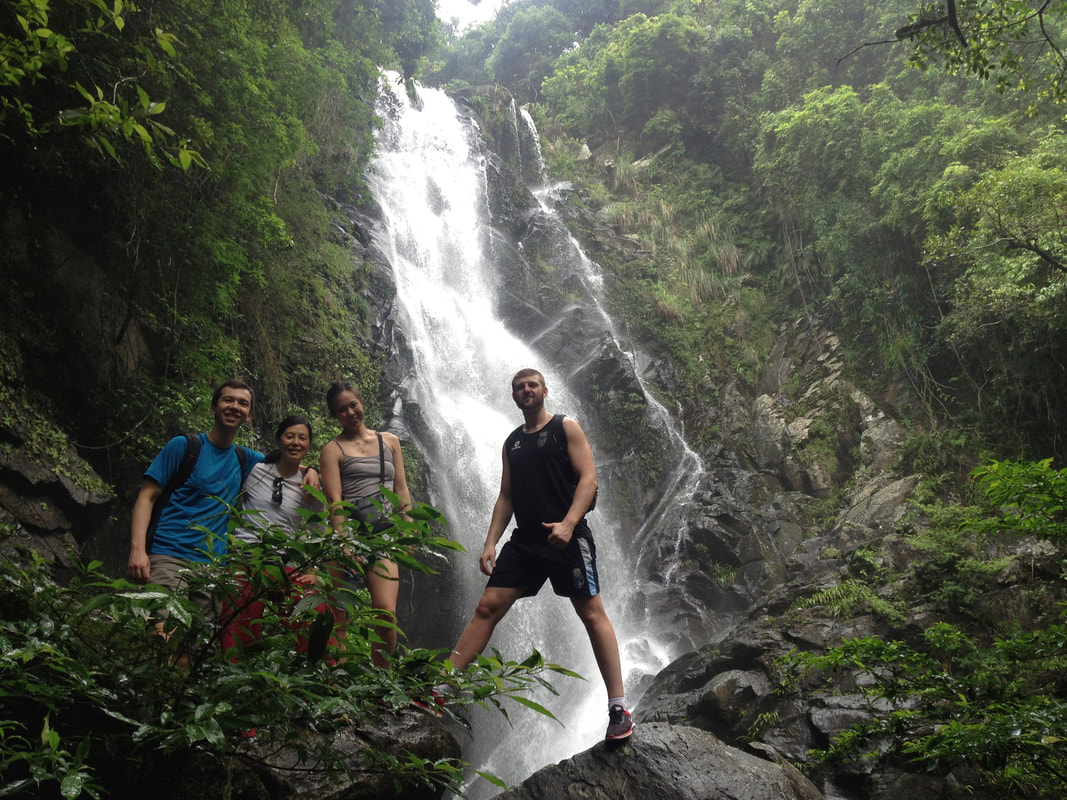
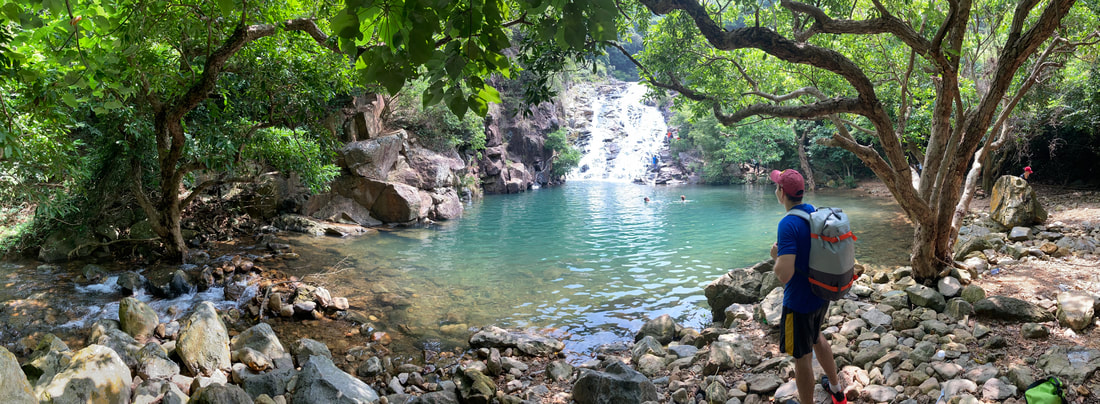
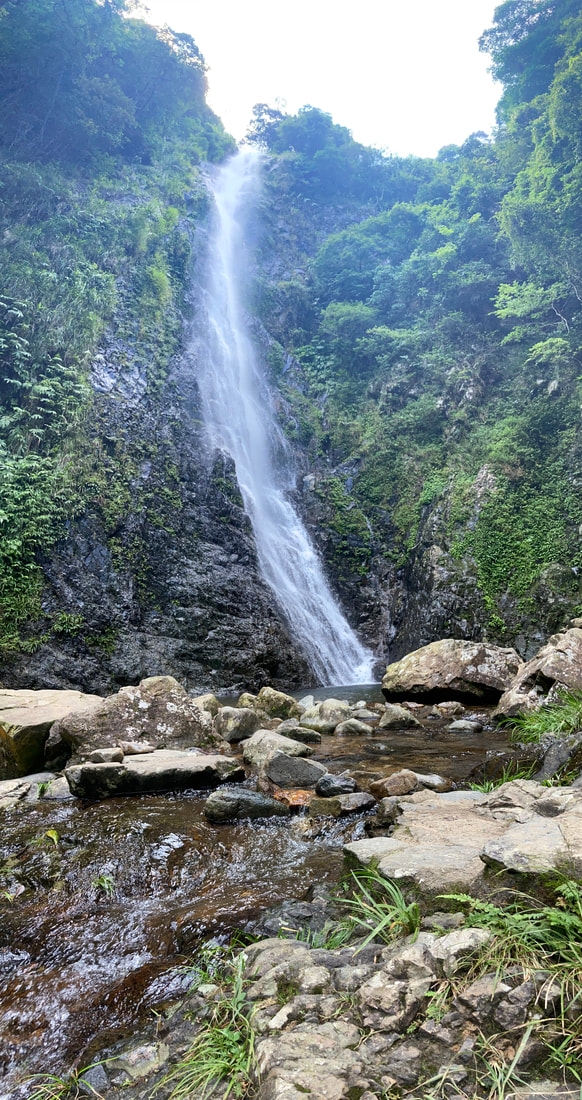
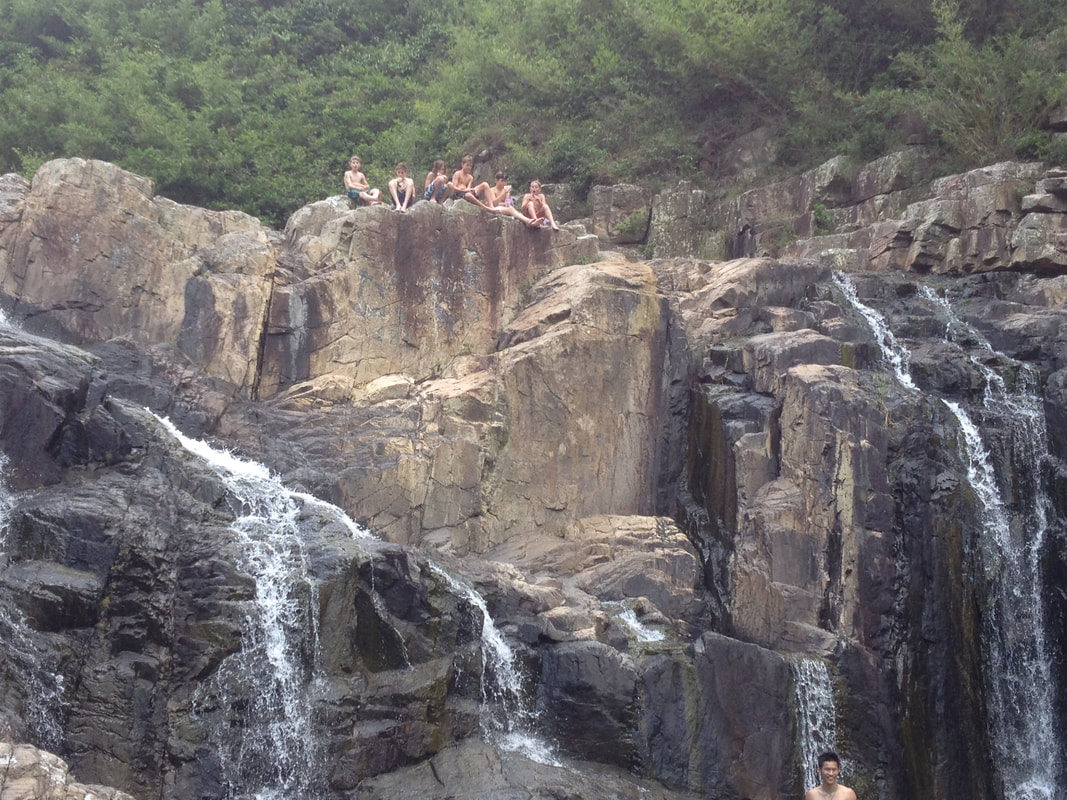
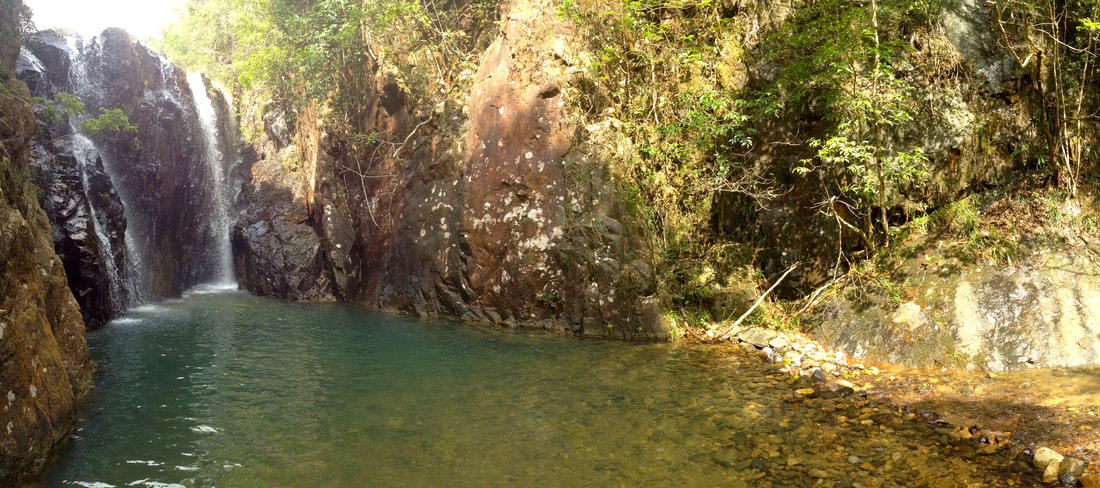

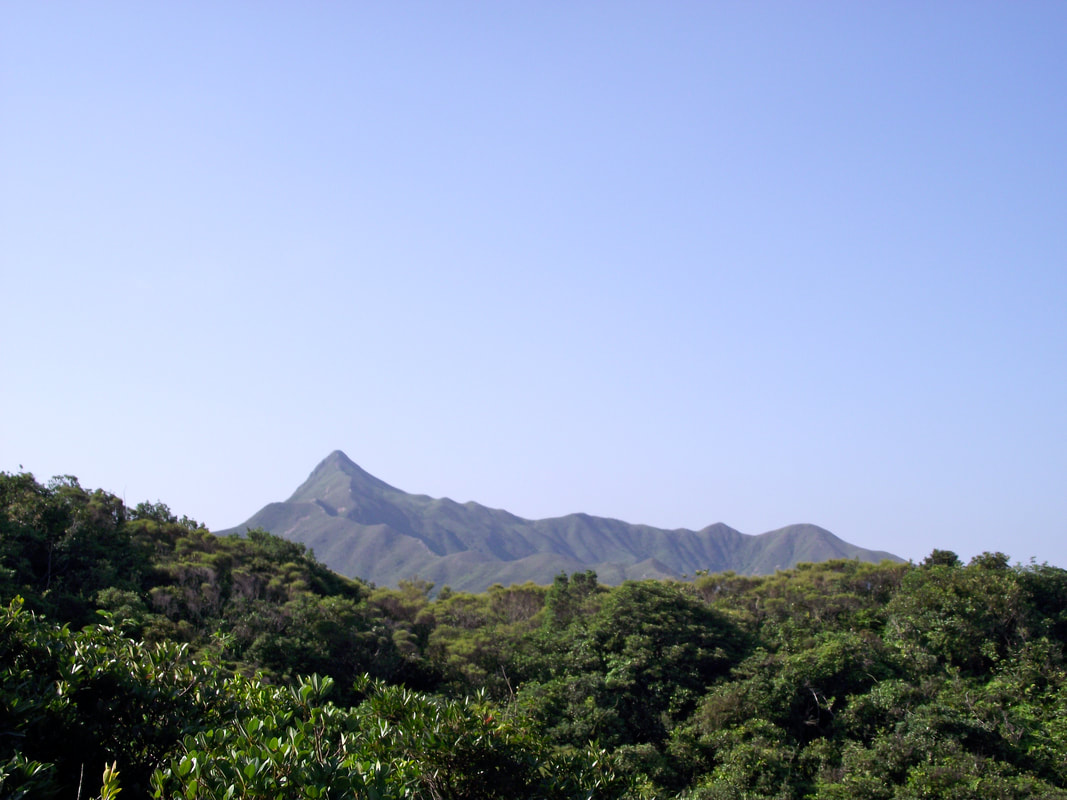
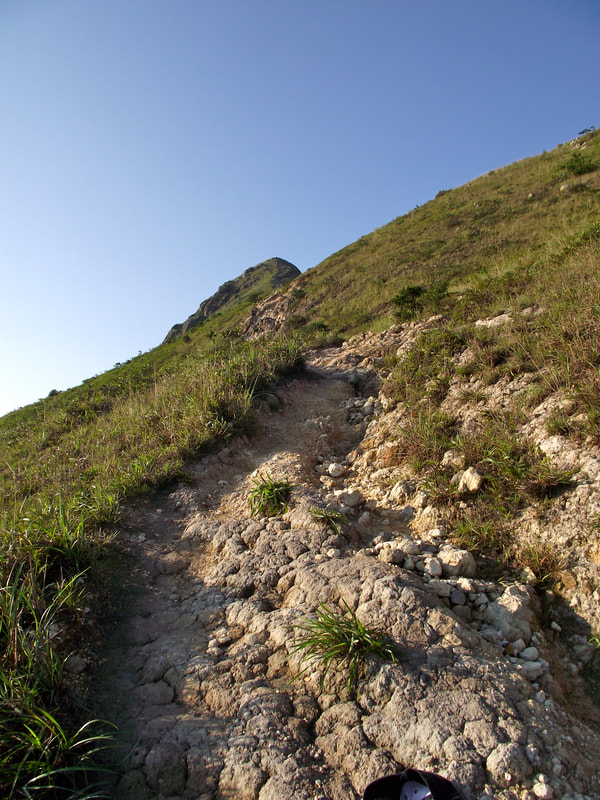

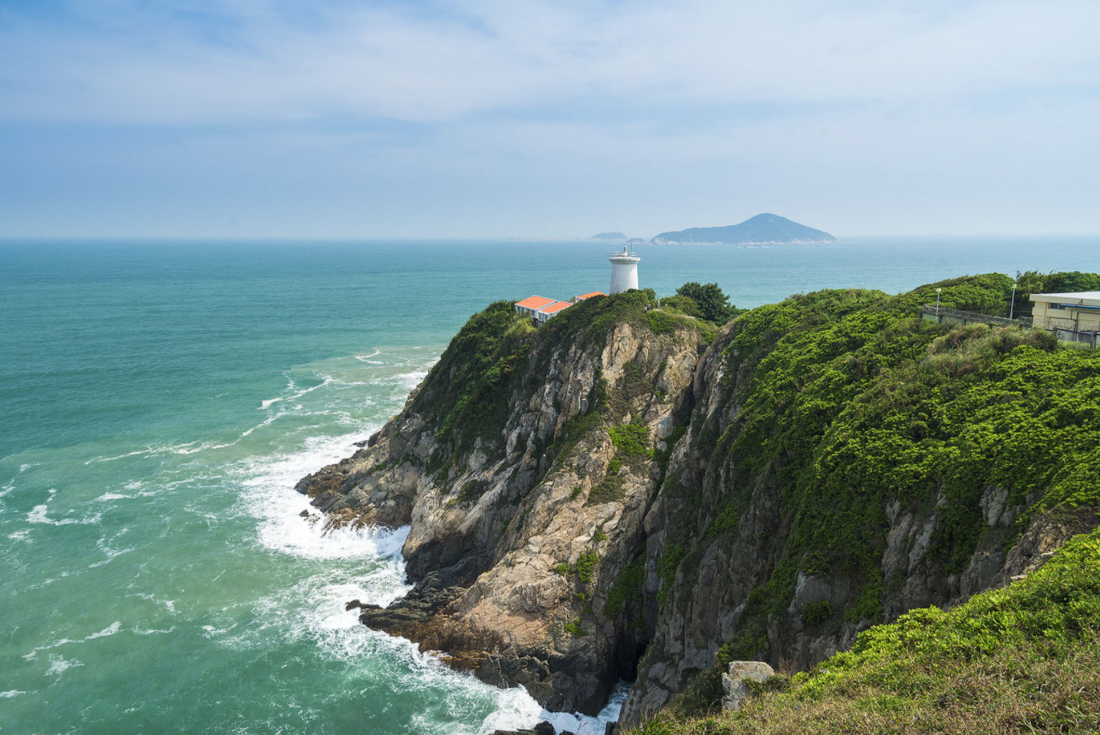

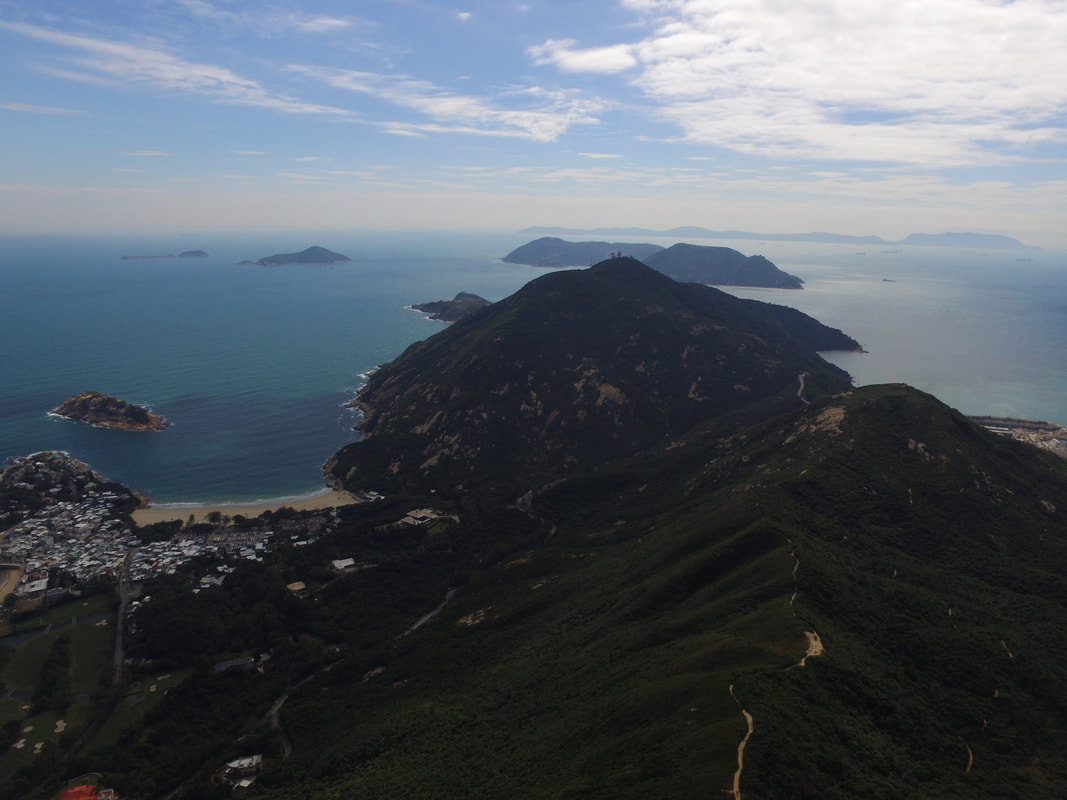

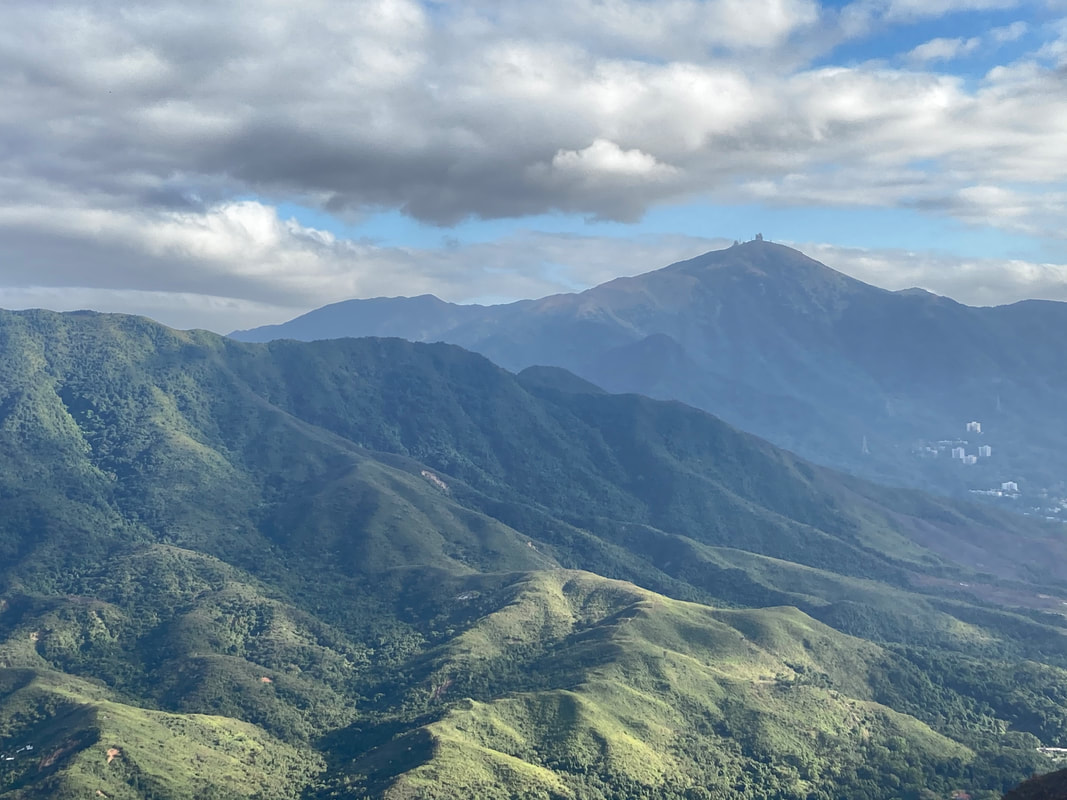
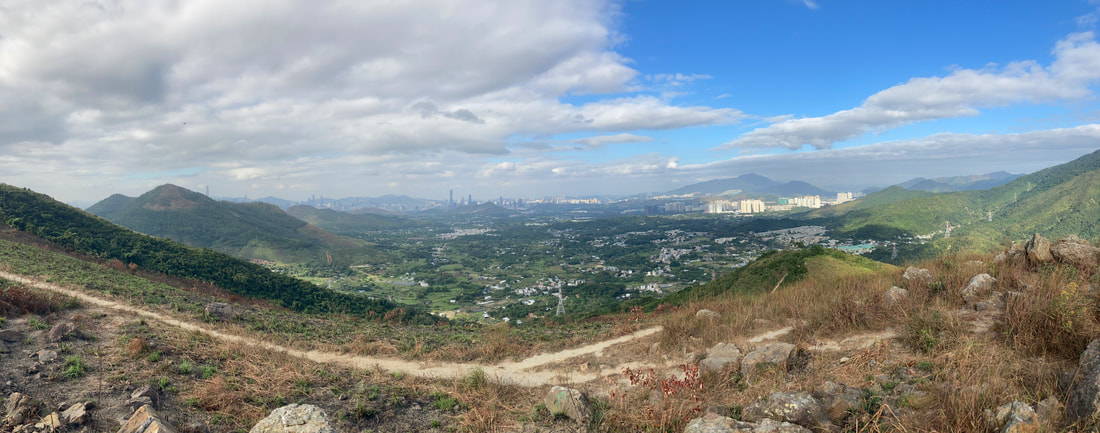
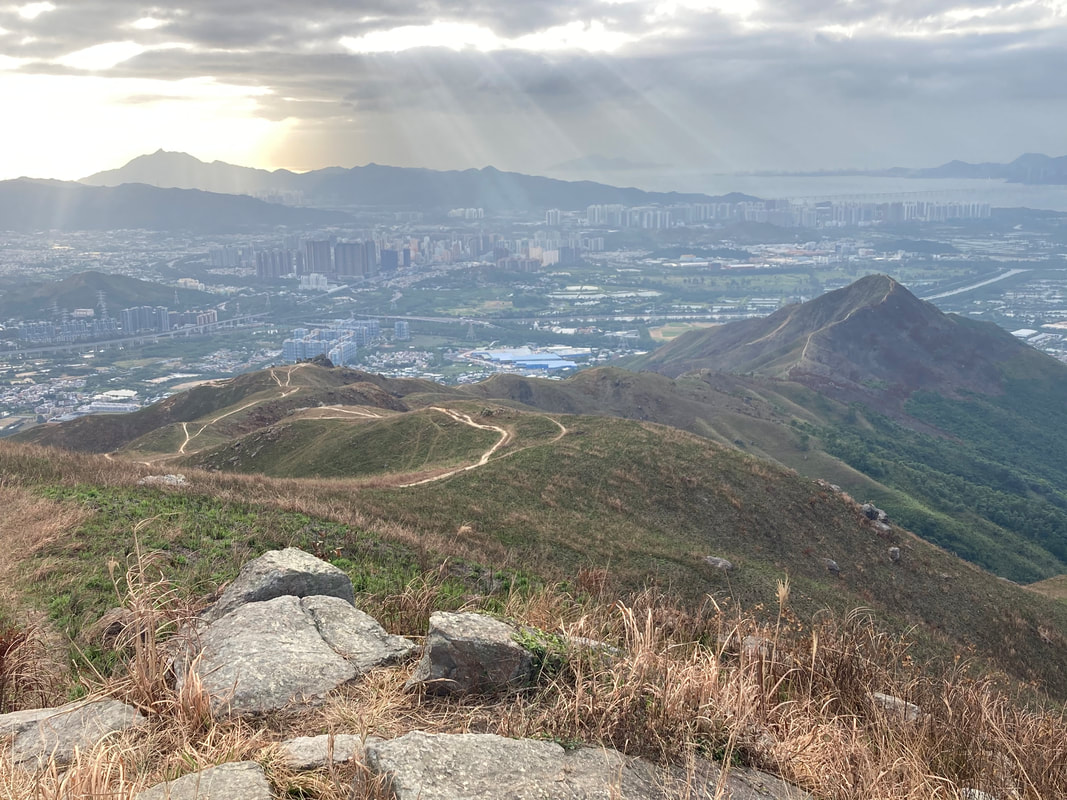
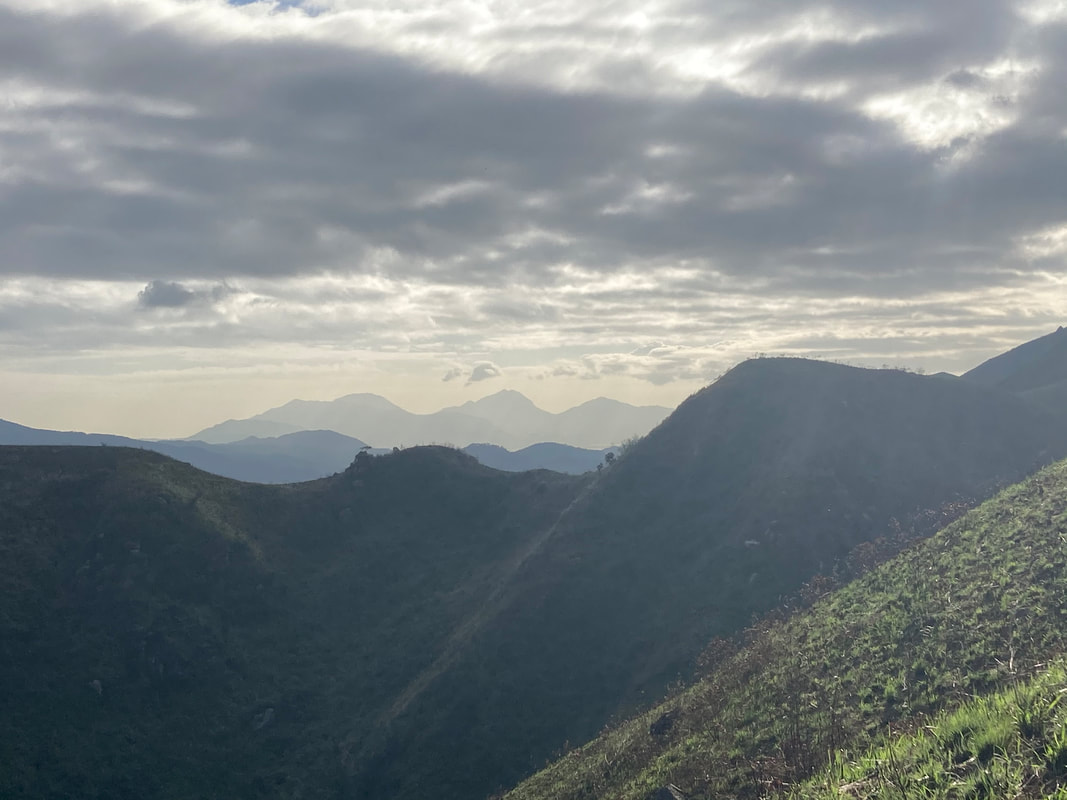
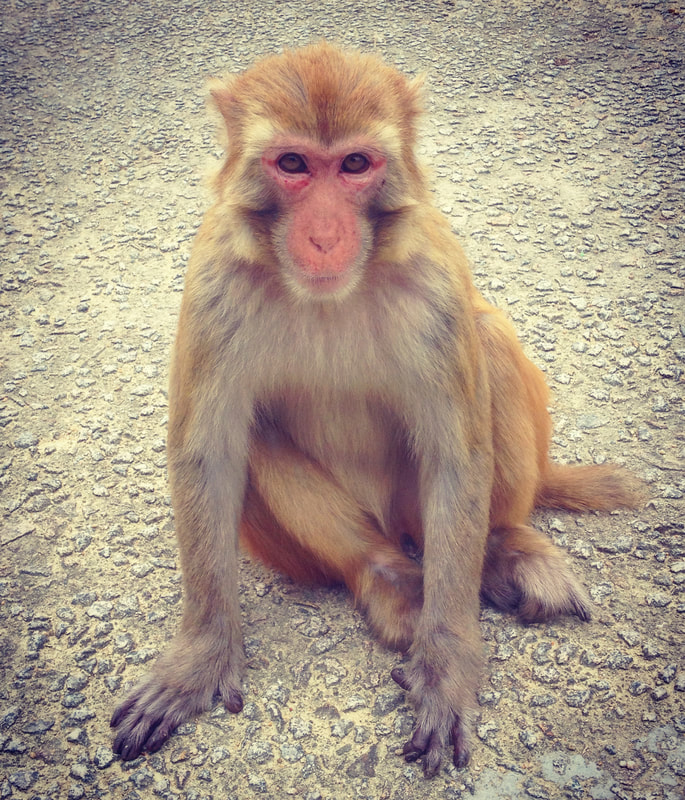
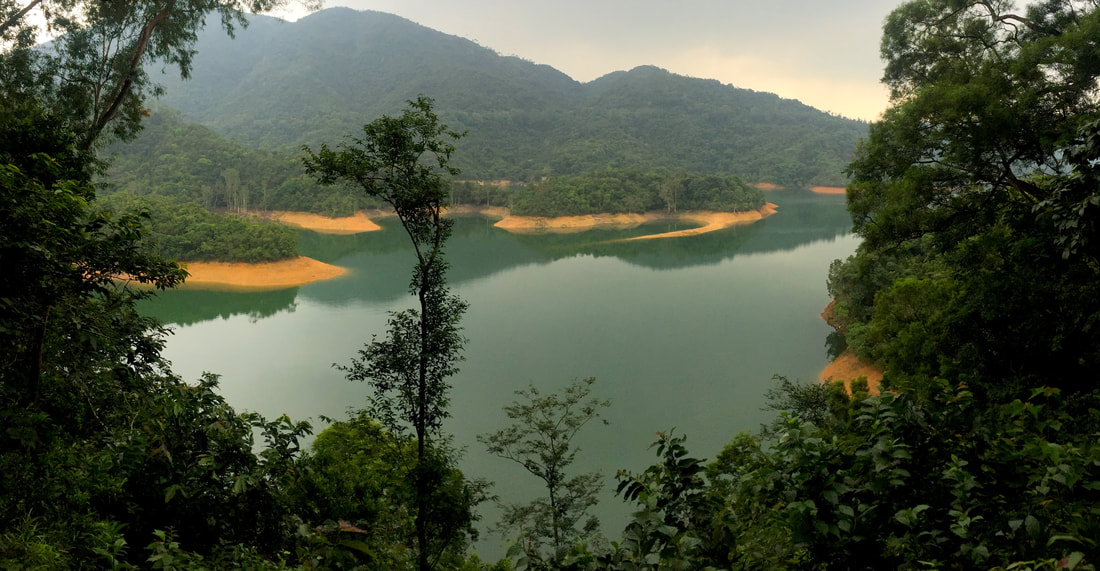
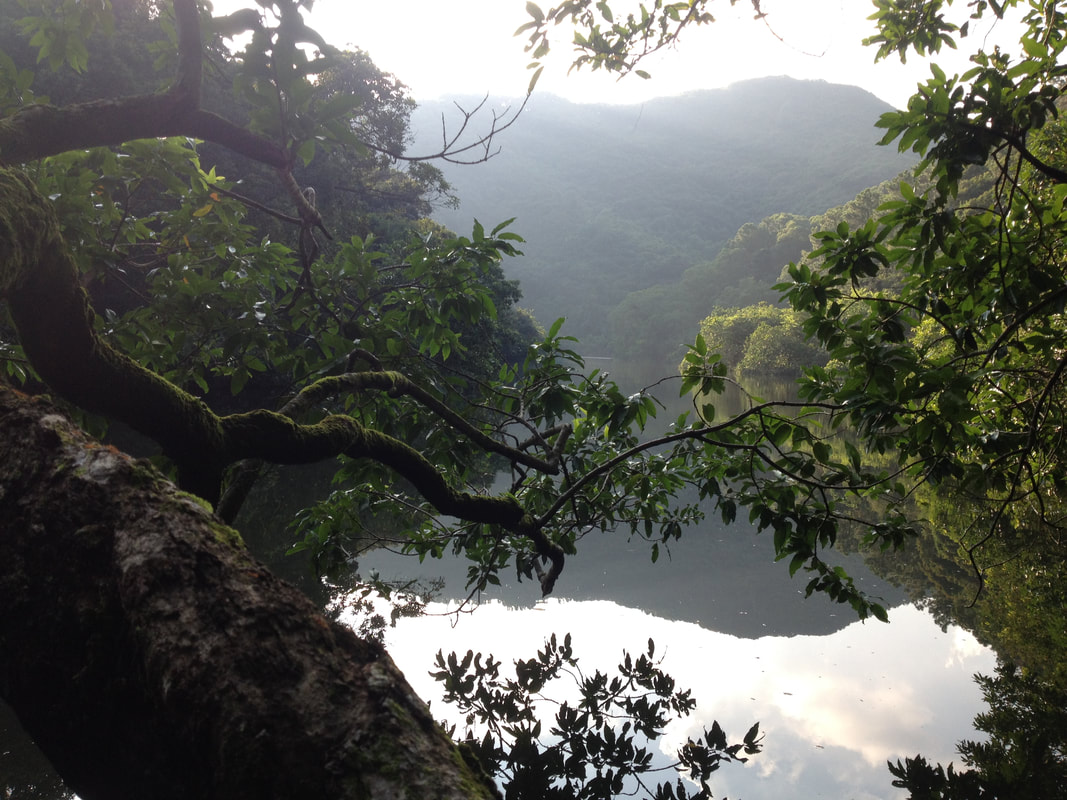


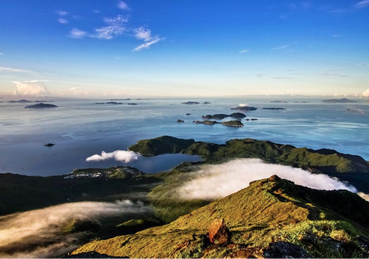
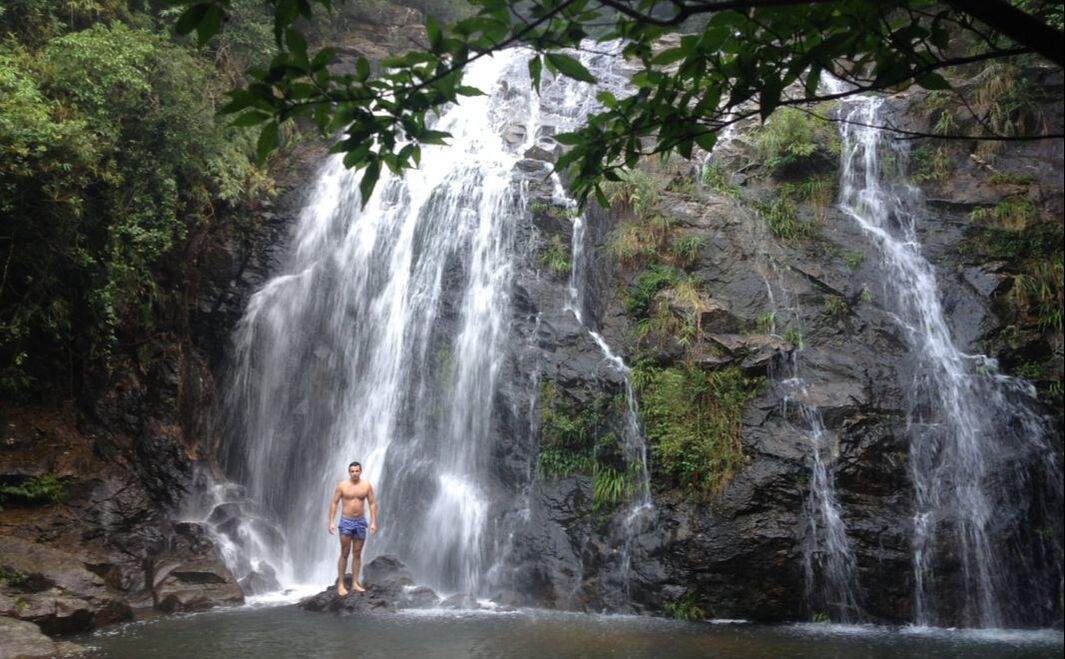
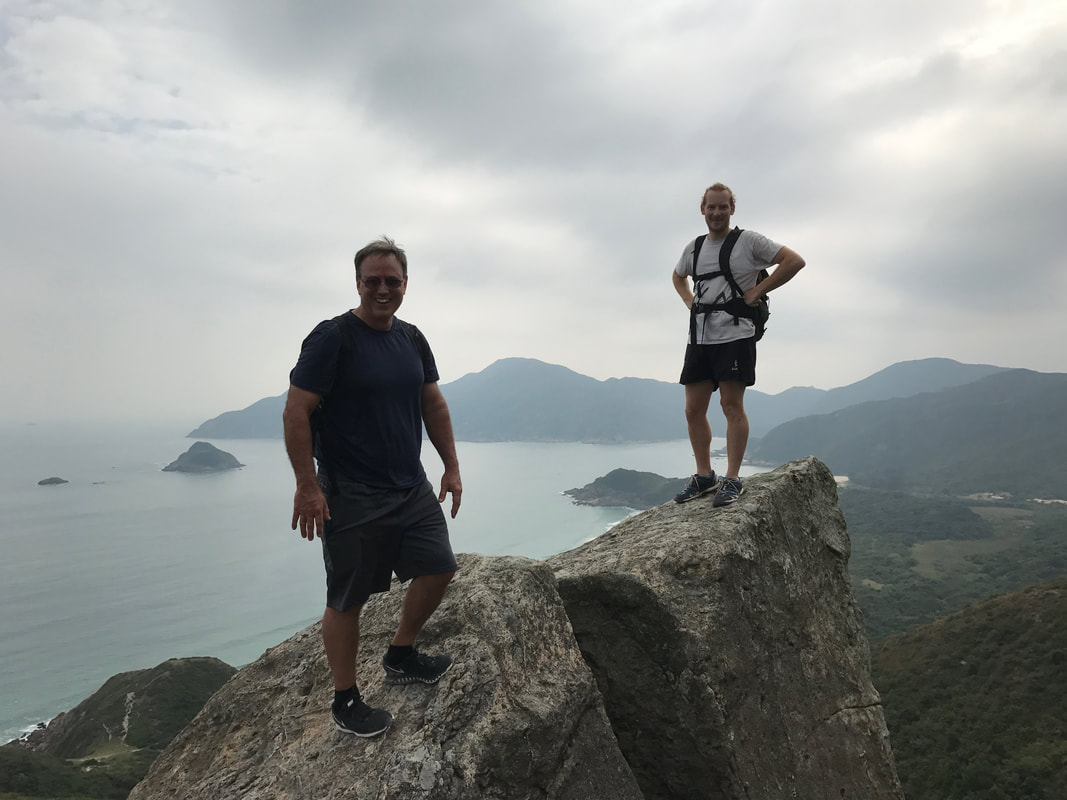
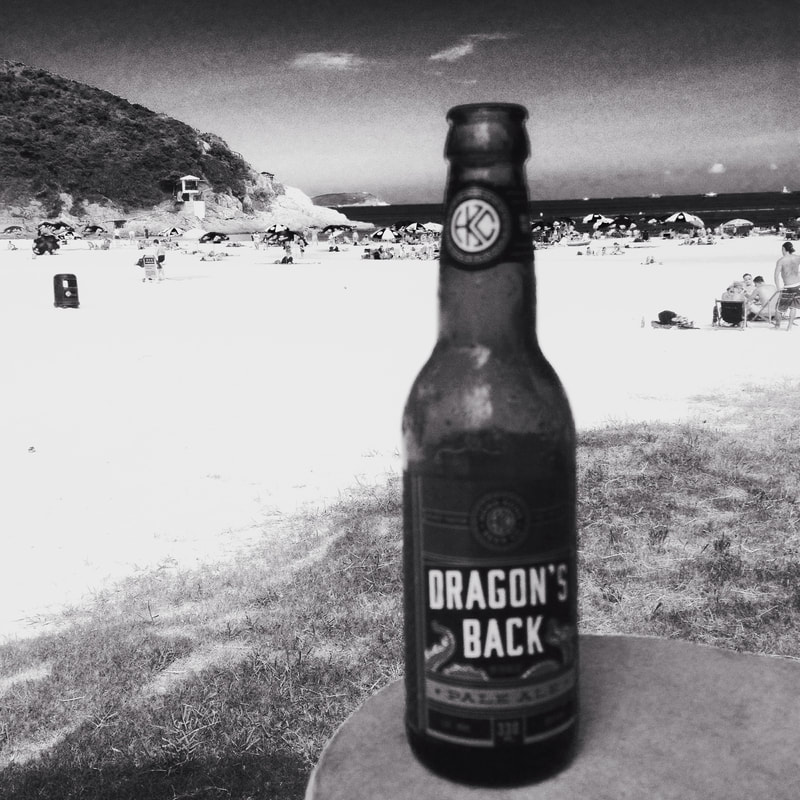

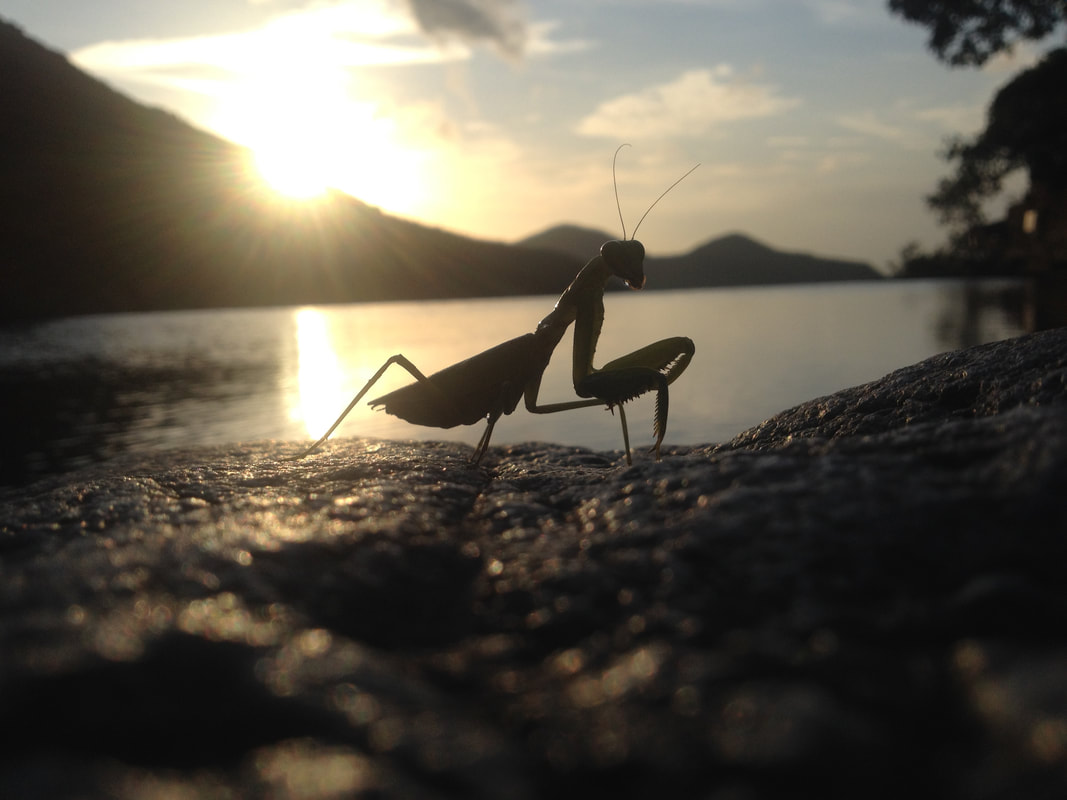
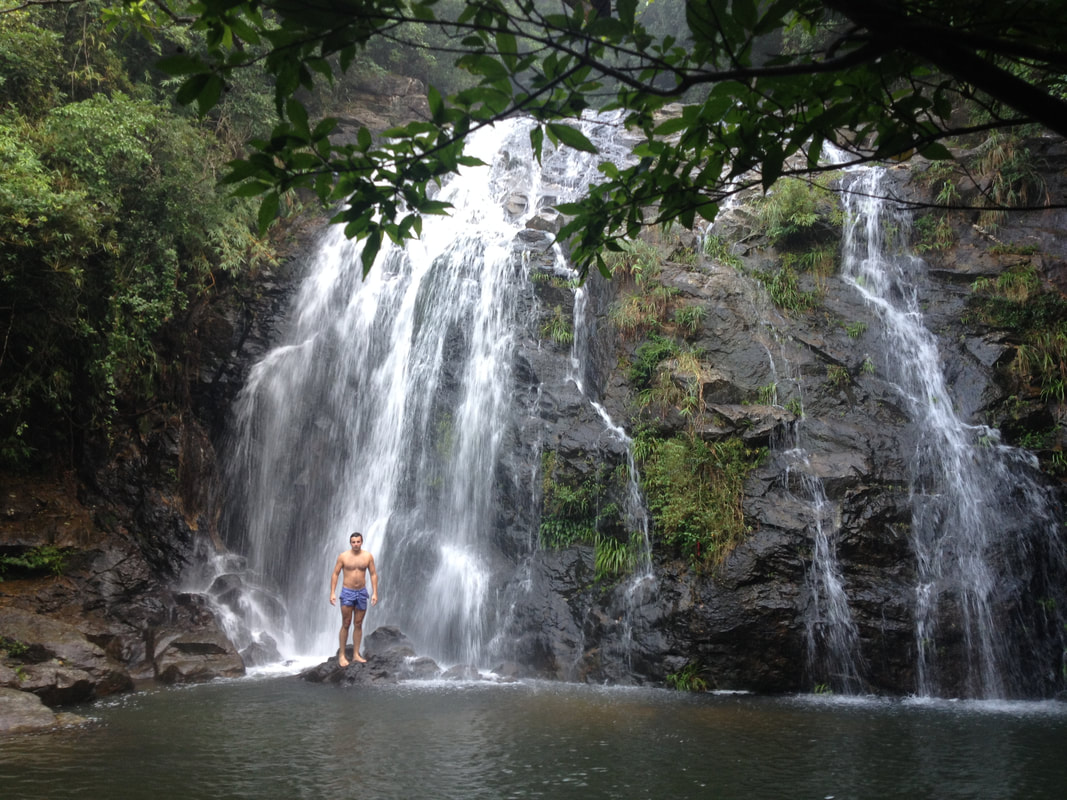

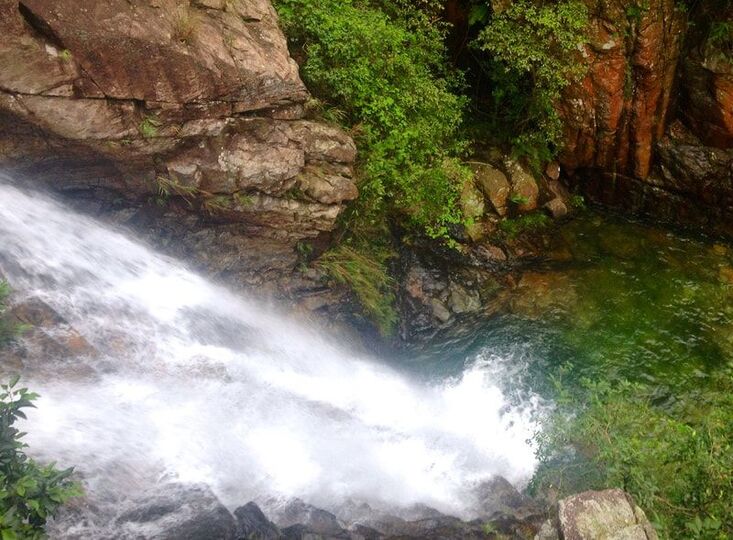

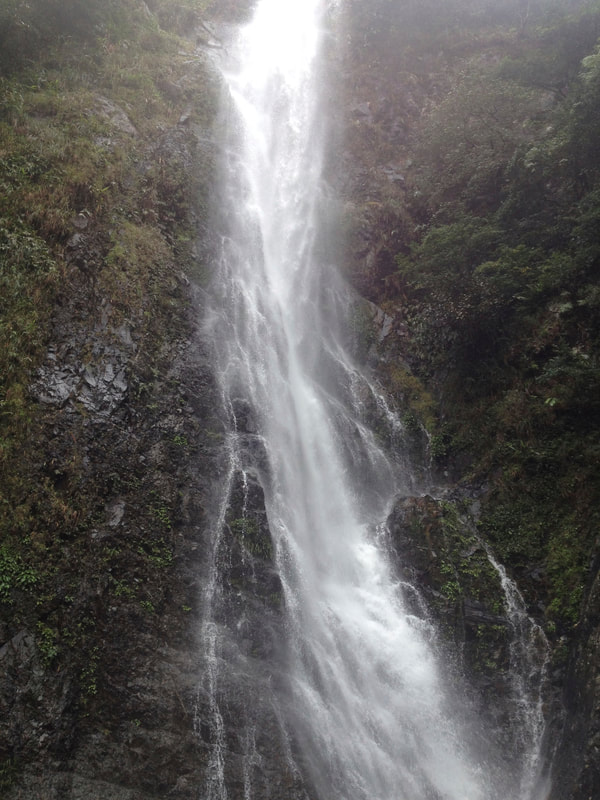

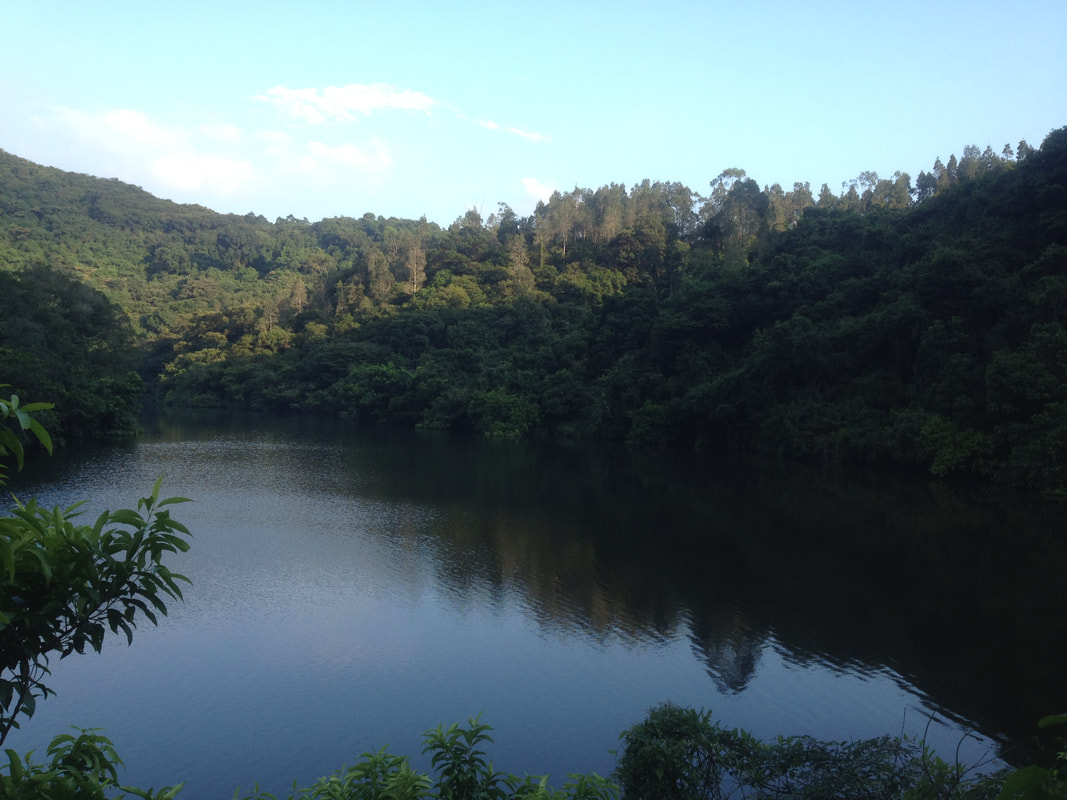
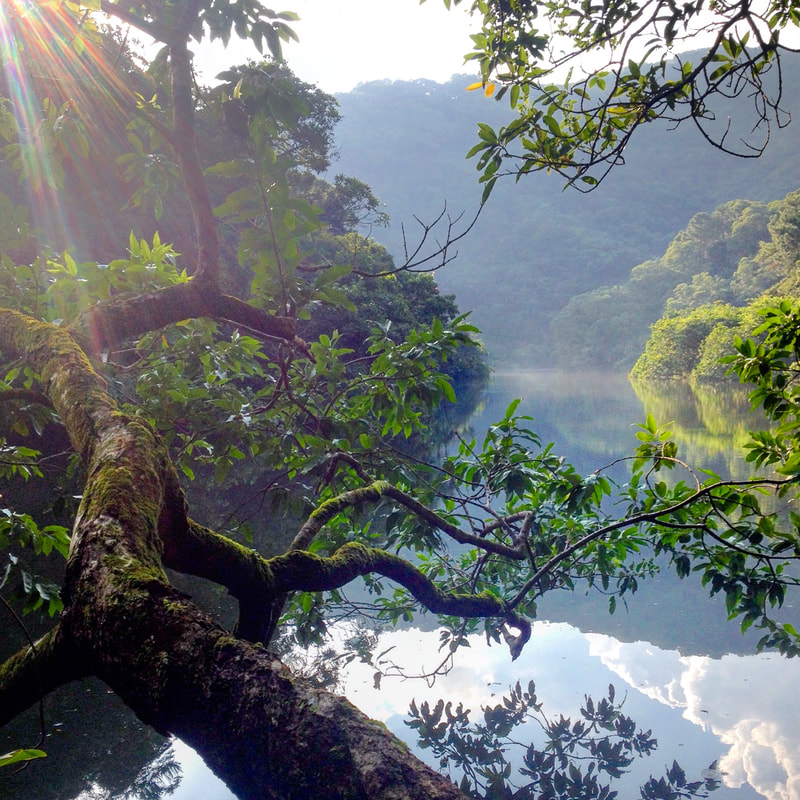
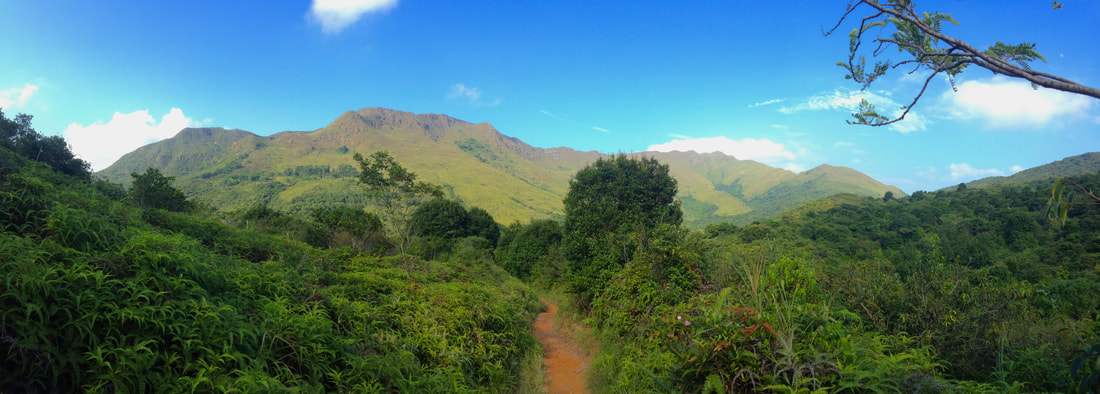
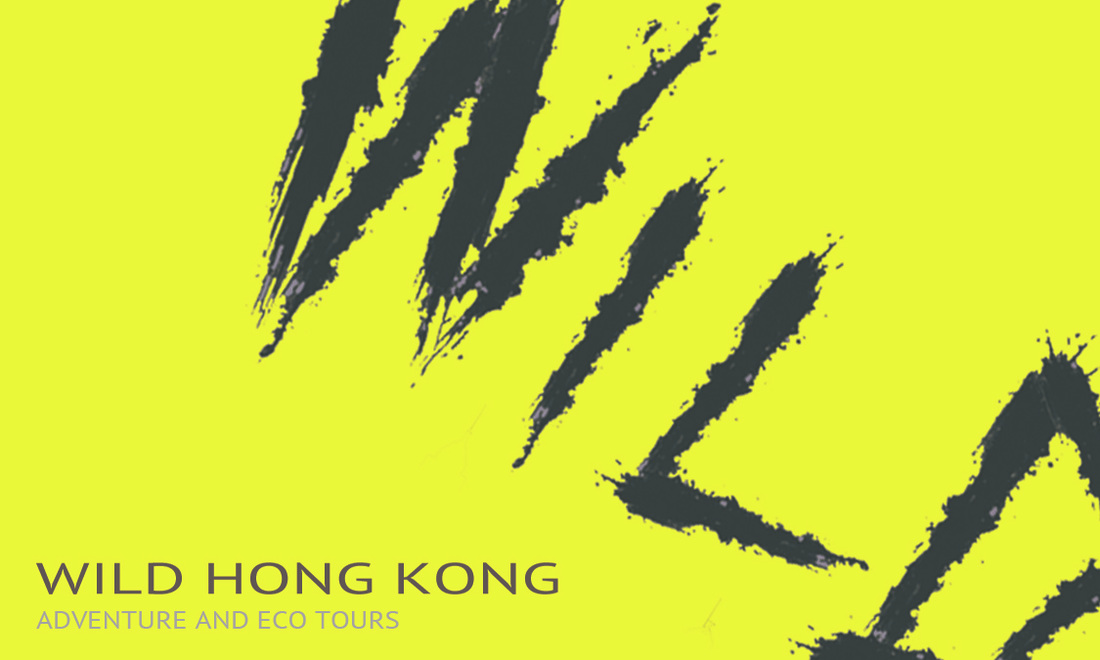
 RSS Feed
RSS Feed
